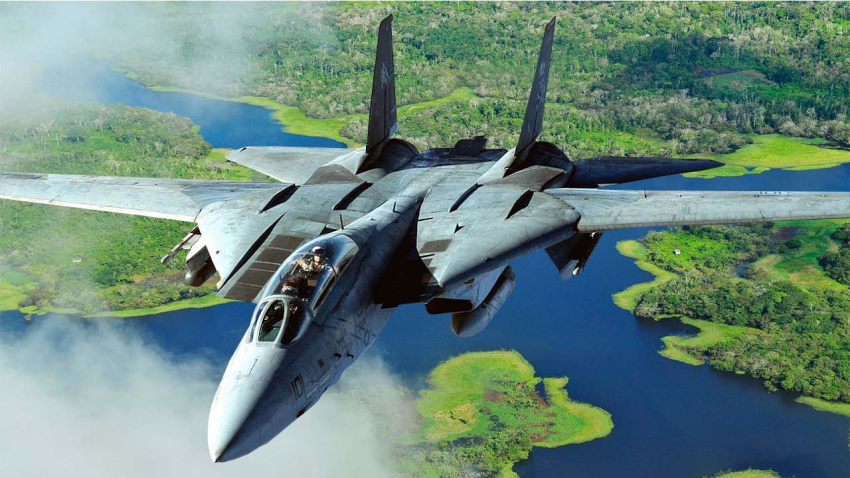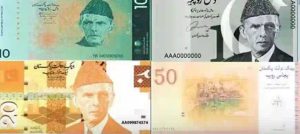NEW DELHI (News Desk) – India was all set to launch a full-scale attack on Pakistan and all the necessary preparations were completed during 1999’s Kargil War, however, then Prime Minister Atal Bihari Vajpayee had refused to designate the attack.
According to a report of the NDTV, the information was revealed by the diary notes of the Indian Air Force.
The TV channel said: “In the early hours of June 13, 1999, the fighter pilots were minutes away from crossing the Line of Control on bombing missions, a move which would have likely escalated the controlled Kargil conflict into a full-fledged war between the nuclear-armed neighbours”.
“Targets had been assigned, route maps finalised; personal revolvers to be carried by pilots had been loaded with ammunition and Pakistani currency collected, for use if pilots had to eject on the other side of the Line of Control and orchestrate an escape,” the report added.
“Srinagar Airbase was chosen to launch the air strikes at Pakistan’s key location such as Chaklala,” the TV channel said while adding “the pilots were set to fly at 6:30am, however, at 3:00am ‘No Go’ orders were issued”.
According to the report, the Indian aggressive plan was a result of failed talks between then Indian Foreign Minister Jaswant Singh and his Pakistani counterpart Sartaj Aziz in Delhi.
“On the 12th [of June], Sartaj Aziz went back after a failed visit to India. All pilots were called back at 1600 by Gupta, who had news for us. CATOs [Command Air Tasking Orders] had come for a pre-emptive strike at dawn on 13 Jun,” the NDTV reported excerpts of the Squadron Diary of the Indian Air Force’s 17 Squadron – also known as “Golden Arrows”.
Despite the secret preparation, Indian forces were still afraid of Pakistan’s reaction to such an attack.
The report said: “The mission itself came with extraordinary risks; the possibility that a few jets would be shot down was very likely. Pakistan’s premier fighters, the F-16s, were waiting on the other side, flying patrols between Pindi and Kahuta to detect and intercept any Indian strike mission”.
“But F-16s were not the only danger. India’s fighter pilots were acutely aware of the threat posed by French-made Crotale and Chinese made HQ2B Surface to Air Missiles (SAMs) meant to destroy incoming Indian aircraft.With a range of 10 kms, Crotale SAMs would fly towards the Indian fighters at a speed of more than twice the speed of sound if they locked on to their targets.”
“And the Chinese HQ2B was no less a threat. With a large 190 kg warhead, the missile could engage targets more than 20 kilometres away, flying towards incoming Indian jets at a speed of 1,150 metres per second. If the missile was close to an Indian jet, its “proximity fuse” would go off triggering the warhead which would explode. No Indian fighter would likely survive the blast.”














